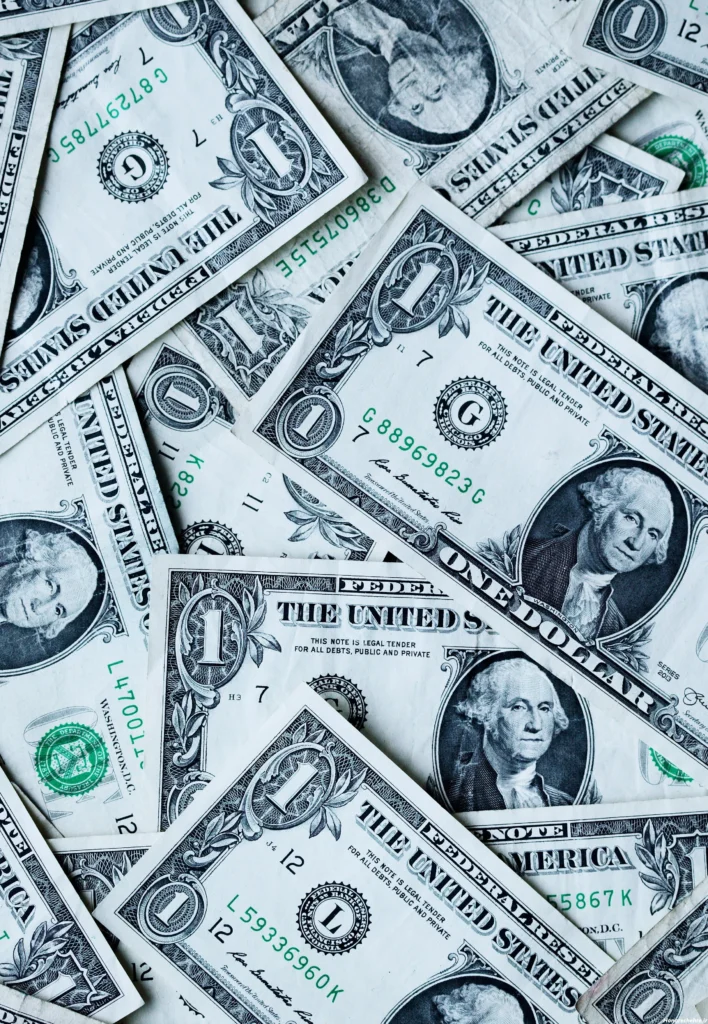
The Free Fall of the Rial: Economic Crisis and Uncertain Future
The Free Fall of the Rial: Economic Crisis and Uncertain Future
مدیریت
Author
The value of Iran’s national currency, the rial, has recently plummeted to its lowest level in history. This free fall, influenced by a multitude of factors including international sanctions, soaring inflation, and public distrust of the government’s economic policies, has affected the lives of millions of Iranians and cast a shadow of serious uncertainty over the country’s economic outlook.
The Rial in a Downward Spiral
According to reports, the rial’s exchange rate against foreign currencies, particularly the US dollar, has fallen dramatically. This devaluation, which has intensified since the beginning of this year, has led to rising prices for goods and services, reduced purchasing power for the people, and increased concerns about the country’s economic future
Factors Behind the Fall
Economic experts attribute the rial’s decline to a variety of factors. Among these factors, the following can be mentioned:
Economic sanctions: International sanctions, especially oil and banking sanctions, have reduced the country’s foreign exchange earnings and limited access to global markets.
Inflation: Soaring inflation, caused by various factors such as rising prices for goods and services, and the printing of money without backing, has reduced people’s purchasing power and increased demand for foreign currencies.
Public distrust: Public distrust of the government’s economic policies, and concerns about the country’s economic future, have led to capital flight from the country and increased demand for foreign currencies.
Structural problems: The structural problems of the Iranian economy, including excessive dependence on oil, and the lack of diversification in exports, have made the country’s economy vulnerable to external shocks.

Be the first to share your thoughts!